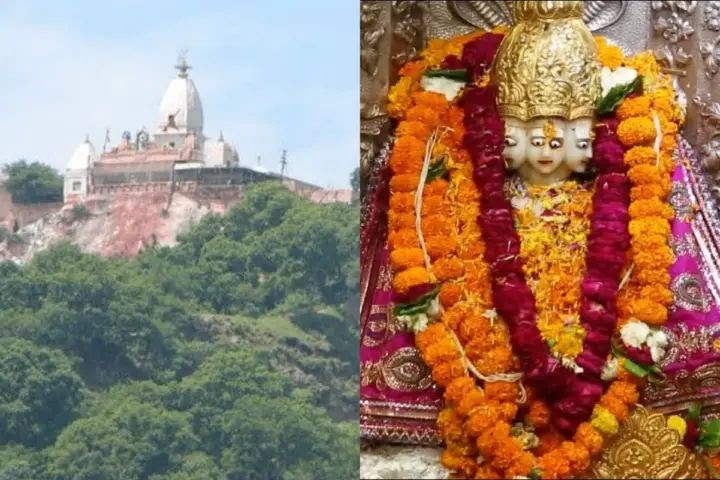A recent incident has come to light in the famous Mansa Devi Temple of Haridwar, due to which this temple has once again come into the limelight. This temple is not only the center of faith for the devotees, but also a symbol of mythological and folk beliefs associated with Goddess Mansa.
Goddess Mansa is considered as the goddess of repair in Ayurveda and Puranas and the patron of medicines. In such a situation, let us know in detail about the history, stories and importance of Goddess Mansa.
Who is Goddess Mansa? (Mansa Devi Temple)
The history of this temple in the mountainous region of Haridwar is hundreds of years old. The mountainous tribes worship Goddess Mansa as Vanadevi and the goddess of medicines. In Ayurveda, poison is recognized as a medicine and on the basis of this, Goddess Mansa is considered to be the patron goddess of all kinds of poison.
Mythological beliefs: Mansa as the daughter of Shiva
Goddess Mansa is described as the daughter of Shiva in texts like Vishnu Purana, Shiva Purana and Mahabharata. According to a legend, a drop of sweat falling from the forehead of Shiva, angry with the rise of Andhakasura, fell on the idol made by a Nag Mata, which led to the idol alive and a girl named Mansa was born. Another story told that when Shiva drank poison at the time of sea churning, the poisonous drops emanating from his body were received by the serpent wives, which led to the birth of a girl – which later began to be worshiped as the goddess of repair.
What is the secret of Mansa Devi associated with Mahabharata? (Mansa Devi Temple)
In the Mahabharata, Goddess Mansa is known as Jartakaru. He was married to the sage Jartaru and his son Aastiq stopped the snake yajna organized by King Janmejaya, in which the serpents were being destroyed. The purpose of this yajna was to avenge Parikshit’s death, which was stuck by Takshak Nag. It is clear from this story that Goddess Mansa is not only the goddess of the serpents, but also the power to protect and balance the creation.
Story of Chand Saudagar and Sati Bihula
In the famous ‘Mansa Mangal Kavya’ of Bengal, the story of Goddess Mansa is associated with a businessman named Chand Saudagar, who only worshiped Shiva. Goddess Mansa killed her sons for not doing her worship. Finally Sati Bihula, who was the wife of the youngest son of the moon merchant, reached heaven with the body of her dead husband in a boat and pleased the deities and made her husband alive. The message of this story is that worship cannot be imposed on anyone, but it arises from internal reverence and faith.
Temple of Goddess Mansa in different parts of the country
The temples of Goddess Mansa are in different parts of the country, such as: Haridwar (Uttarakhand), Kolkata (West Bengal), Dispur (Assam), Chandigarh and Panchkula, Mandi (Himachal Pradesh). In these temples, the goddess is represented with symbols of Sarpachhatra and snakes. It is believed that remembering ‘Mansa Devi’, ‘Atik Muni’ and ‘Zartakaru’ ends the fear of snakebite and the effect of poison becomes inactive.
There is also a shadow of mythological pride
Goddess Mansa is not only a mythological character, but in Indian culture, there is a wonderful confluence of faith, nature, medicine and social consciousness. In his worship, the echo of both folk and scripture is heard. His temple in Haridwar is the center of this belief, where the shadow of mythological pride along with reverence remains.
